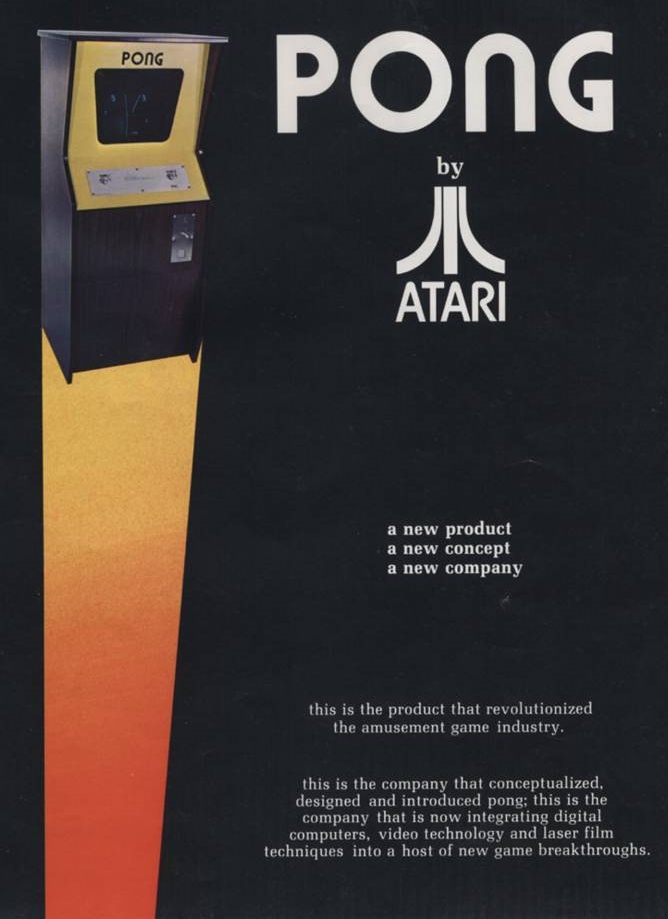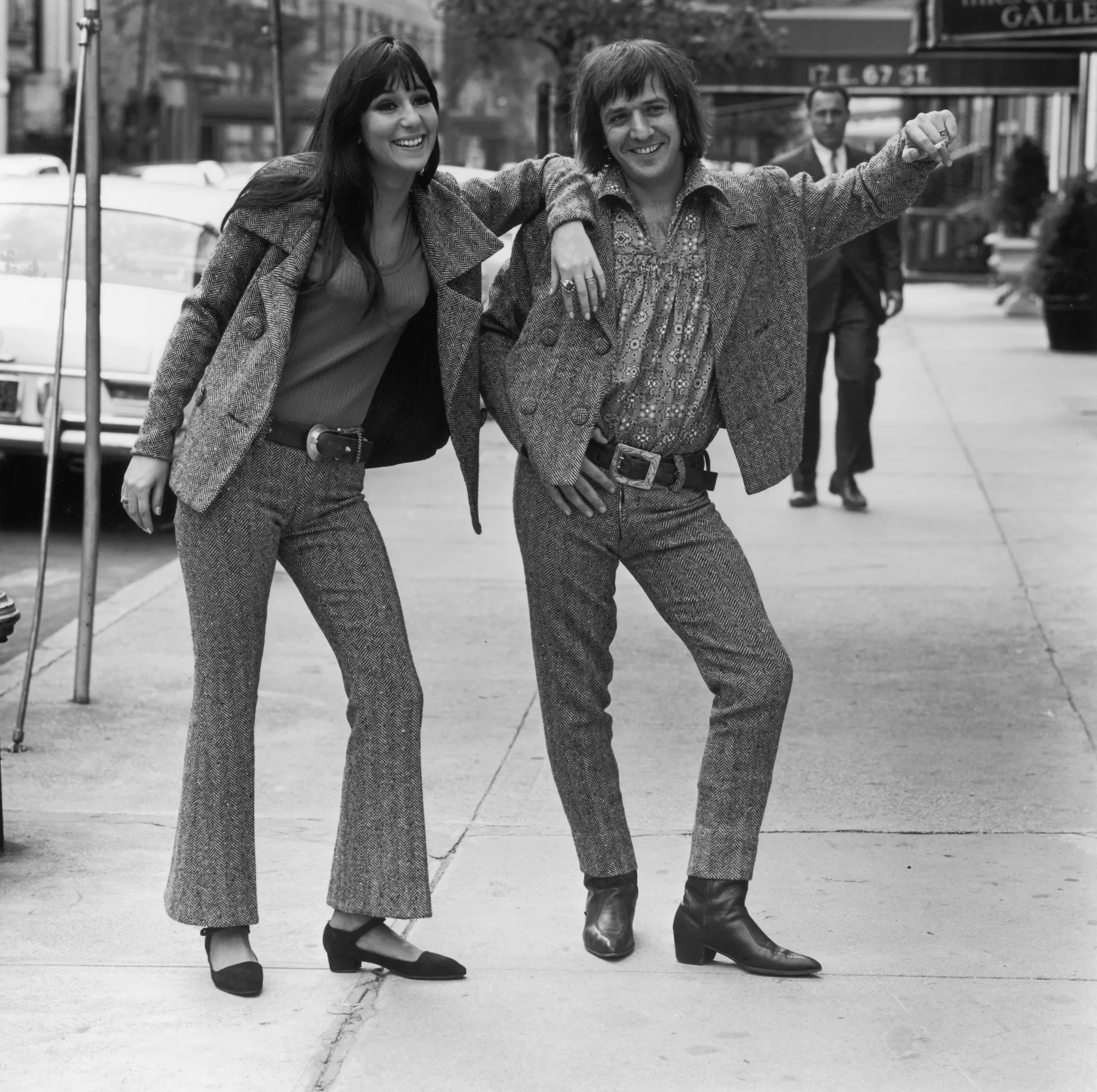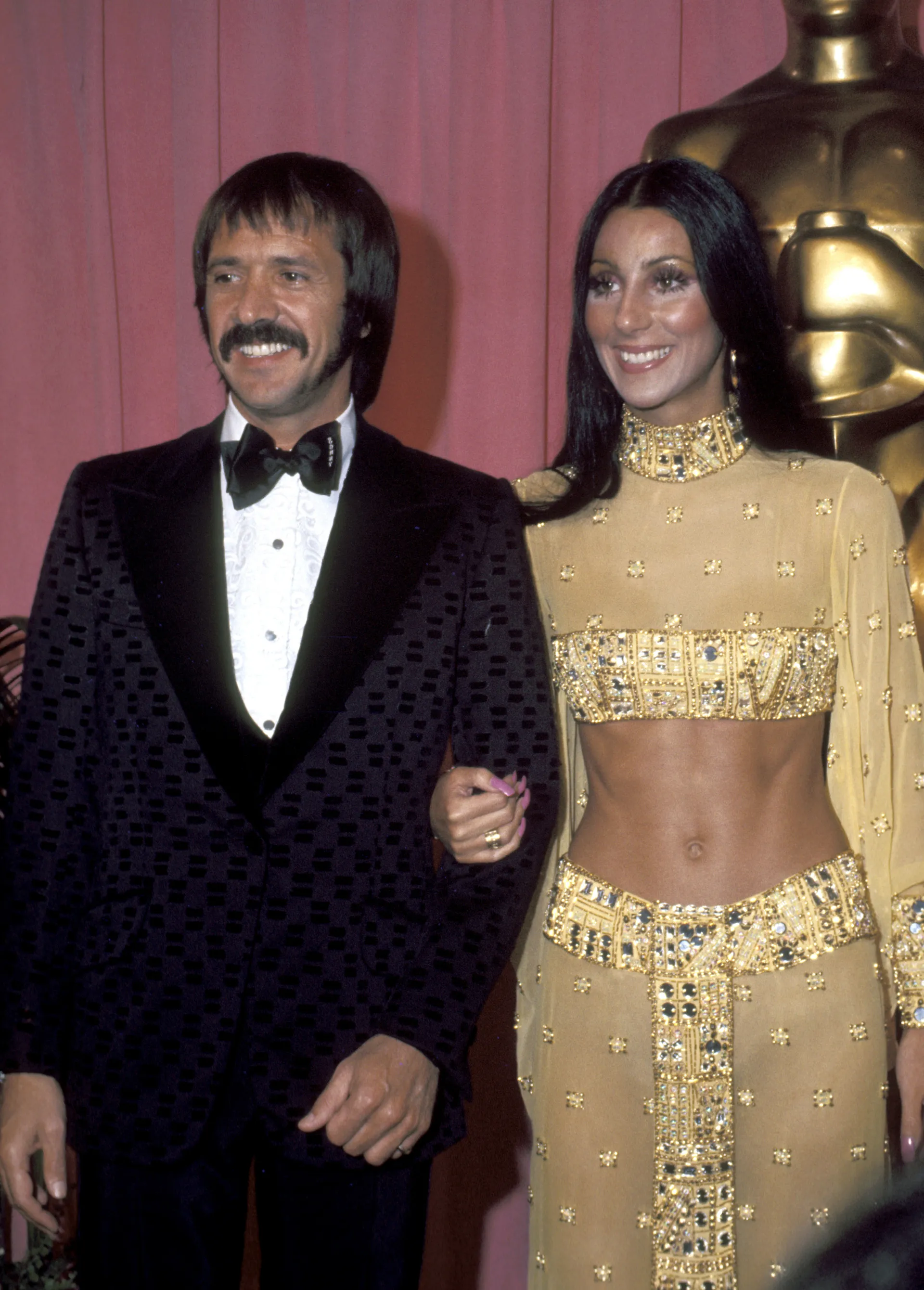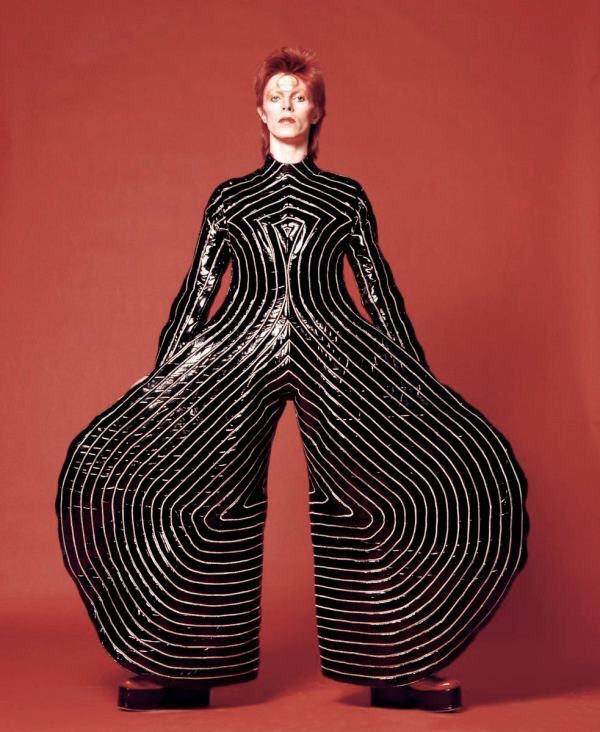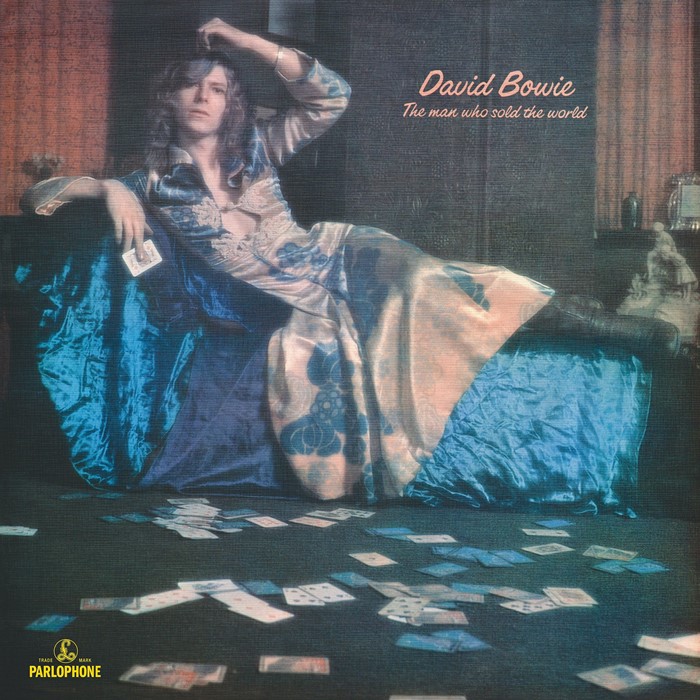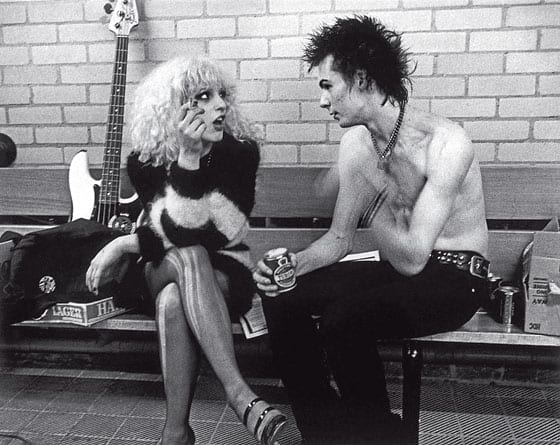Hippie culture from the 1960s continued on, but the peaceful protests of the last generation took on a more demanding and often violent note. The Cold War continues, propelling innovation. The consumer culture of the 1950s and 60s had lead to debt and the 70s experienced a recession that caused a disillusion with optimism and structures of authority. The idea of a single style for most people disappeared and a multidude of trends appeared across all levels of society.
The Golden Age of Terrorism.
The peaceful protests of the 1960s turn violent. Perhaps yeras of war in Vietnam made frustrated individuals believe that violence was the only way to reach their goals as that was what the government was doing.
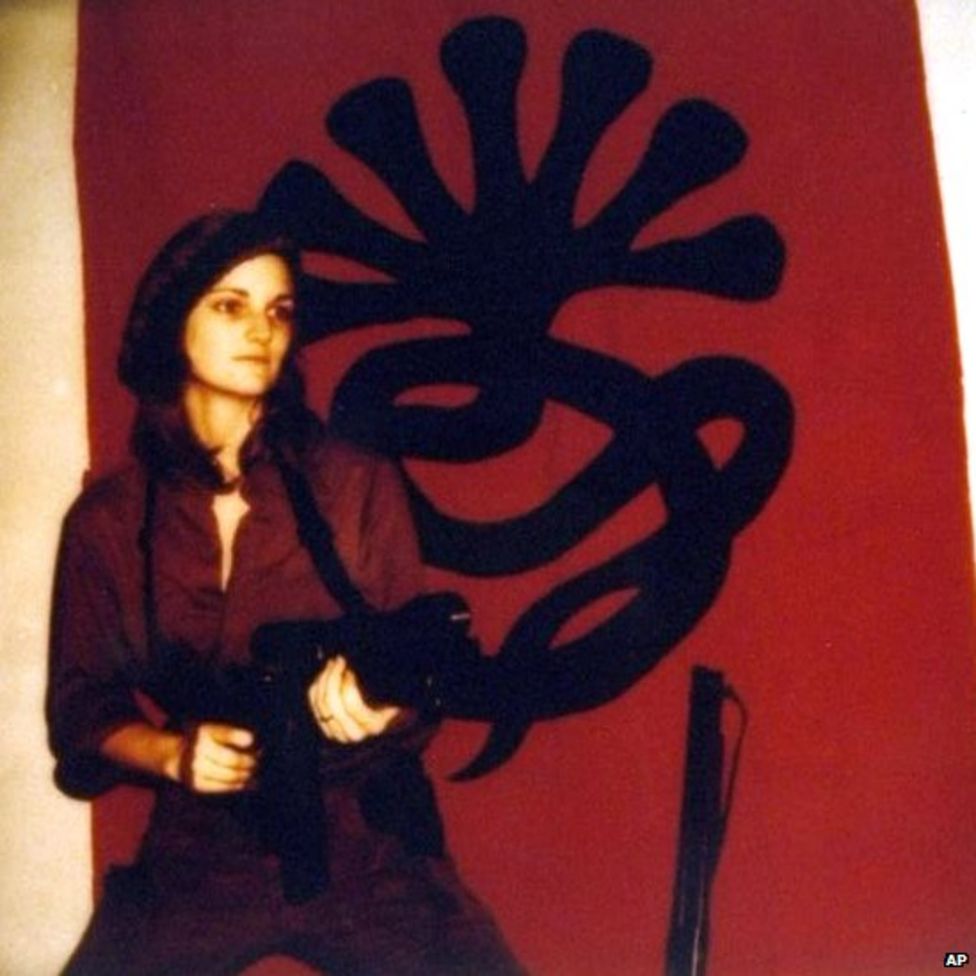
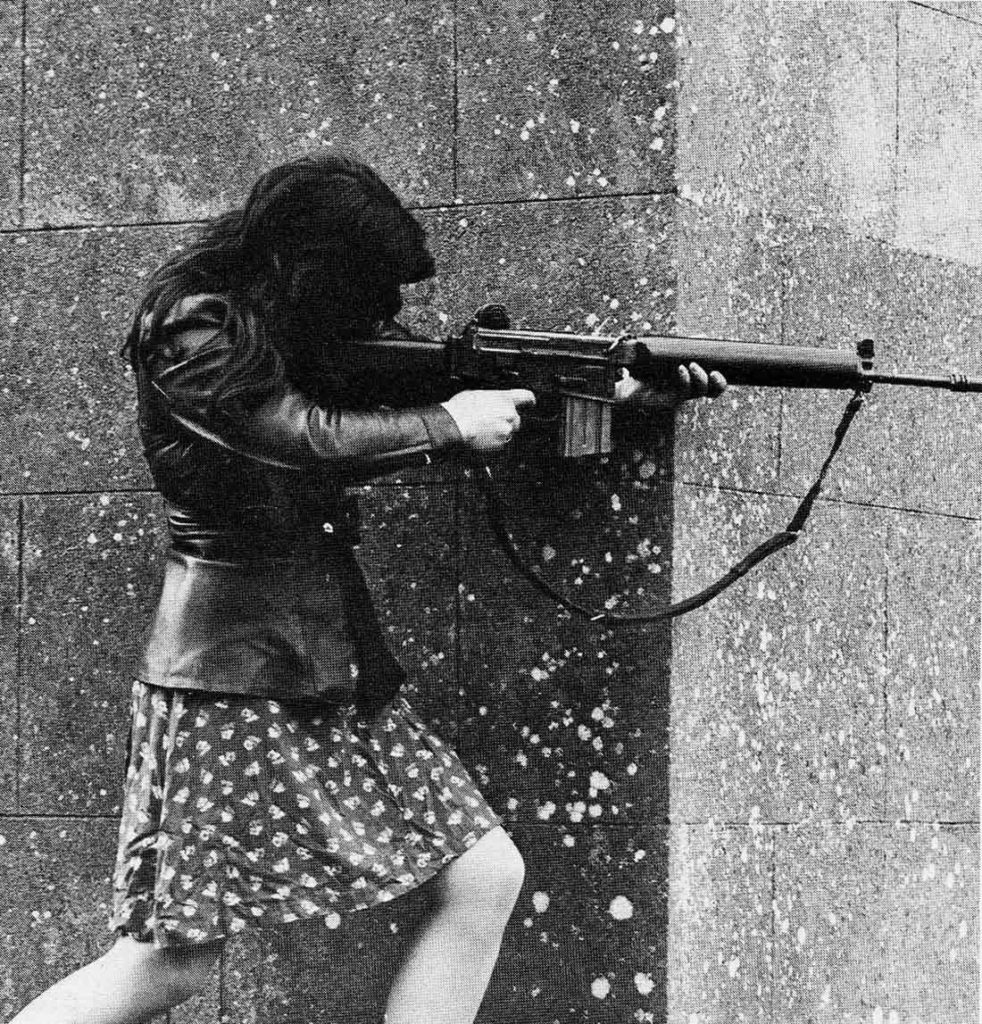
Technological Innovations
Post Modernism
A movement in the arts that developed out of a skeptisicm for realism and the ideological systems that kept current systems of authority in power. It was a rejection of the idealism of the Modernist era and explored contradiction, juxtaposition and dystopia.
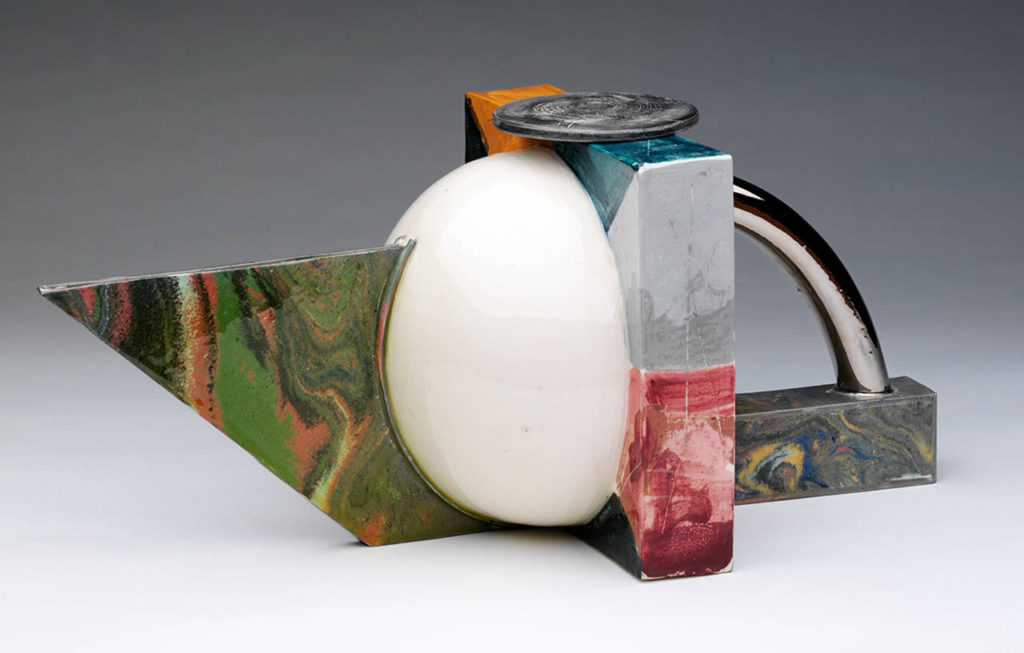
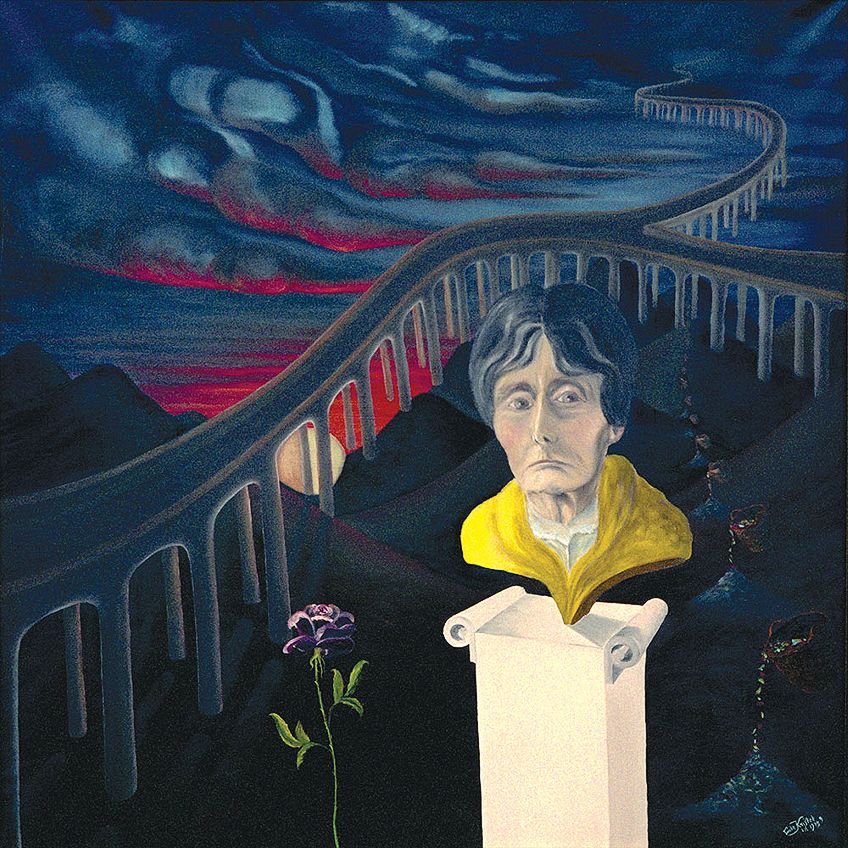
Sonny and Cher
A musical duo that began in the 1960s but were major fashion icons throughout the 60s and 70s. Cher was often seen in the low cut waistlines that were popularized in teh 1970s.
Disco
A musical style that emerged in the 1970s that used synthesizers and upbeats. It almost feels like a direct opposition to the punk and rock and roll movements. It is an evolution of Motown and was the dominant sound of the 1970s. It was also a style of fashion that was a neat glamourization of hippy silhouettes, with sparkles, glitter and vibrant colours.
Studio 54
A popular NYC nightclub that where affluent members of society, and most visibly celebraties and artists partied hard.
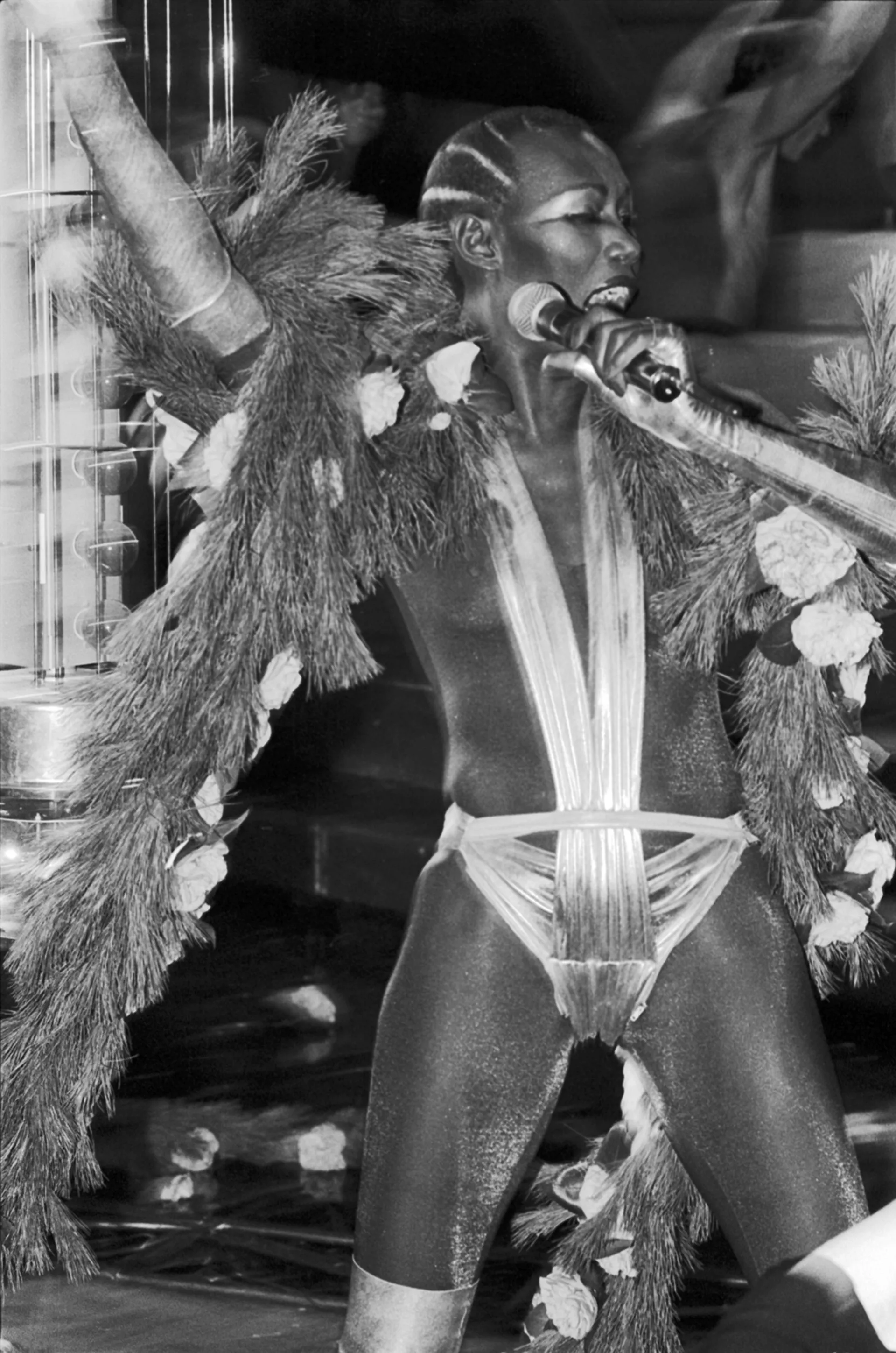
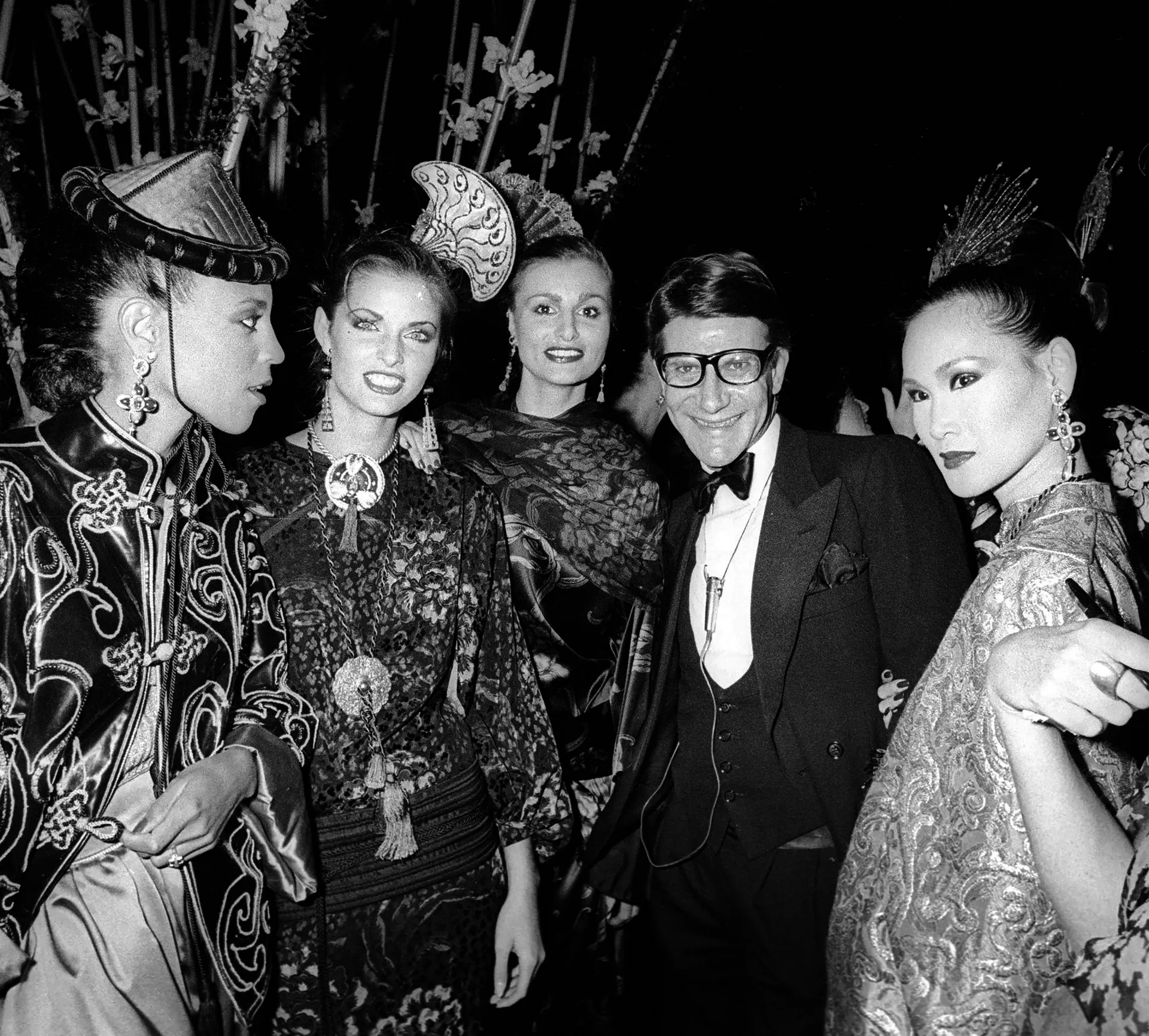
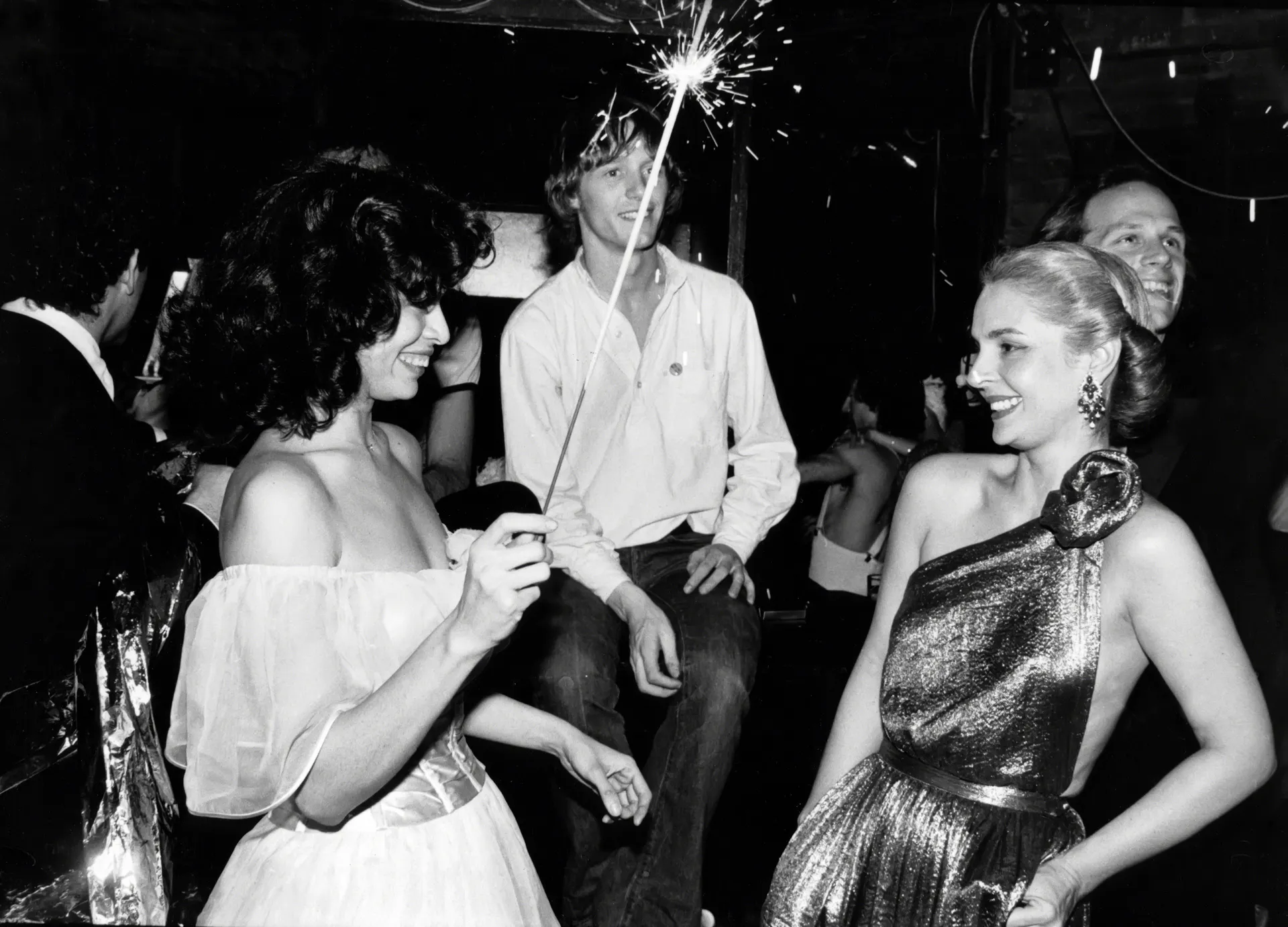
Glam Rock
One of David Bowie’s many alteregoes Ziggy Stardust was a redefinition of what it meant to be a rockstar. One that Bowie kept redefining whenever he felt necessary. He toyed with society’s perceptions of masculinity, androgyny and sex appeal.
Ziggy Stardust appropriating the Bauhaus costume of the 1920s
Punk
A counter-culture style that evolved out of the ideologies of post-modernism, such as anti-conformity and anti-authority. It was a pared-down, messy reaction to glam rock. It is said to have been created by Vivienne Westwood but was also found amongst economically depressed youth in Britain. Chains, safety pins, blades and spiked hair. It was meant to look shocking and dangerous but is actually highly curated.
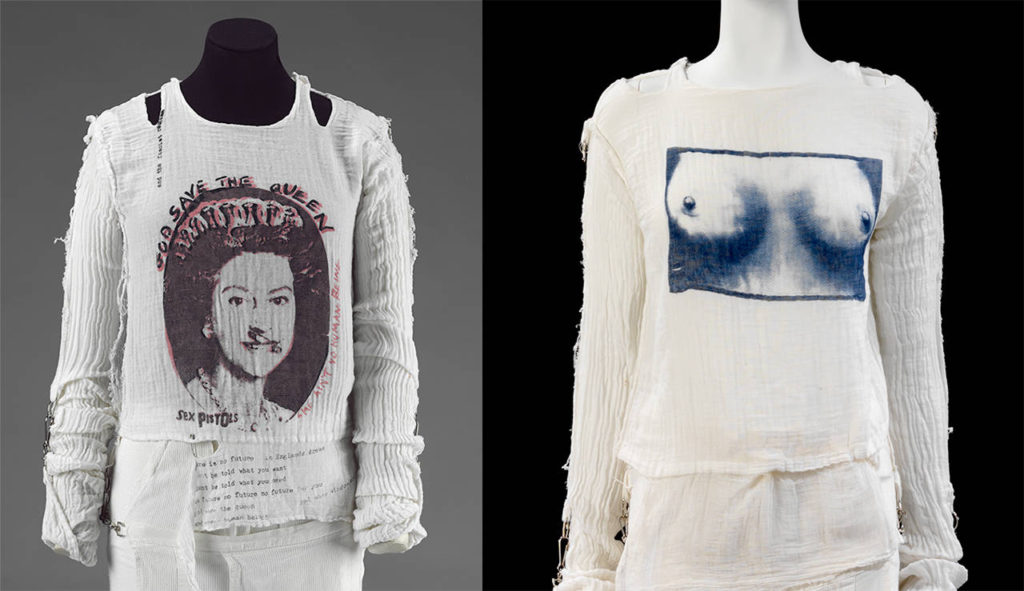
Designer of Note: Vivienne Westwood
Known as the creator of punk, she rejected the hippy and disco aesthetics of the 70s and working with partner Malcolm McLaren opened store SEX in 1974 catering to the new evolution of rock and roll: PUNK.
Image: Shirts sold at SEX designed by Vivienne Westwood and Malcolm McLaren, 1976. V&A.
Polyester
Textile influence in fashion is driven by post modernism and the ideal of using resources in new ways. In fashion ready-to-wear clothing is the norm. Though polyester had been invented decades prior. The 70s was definitely it’s fashion heyday. It was even regularly used by designers.
Hippie
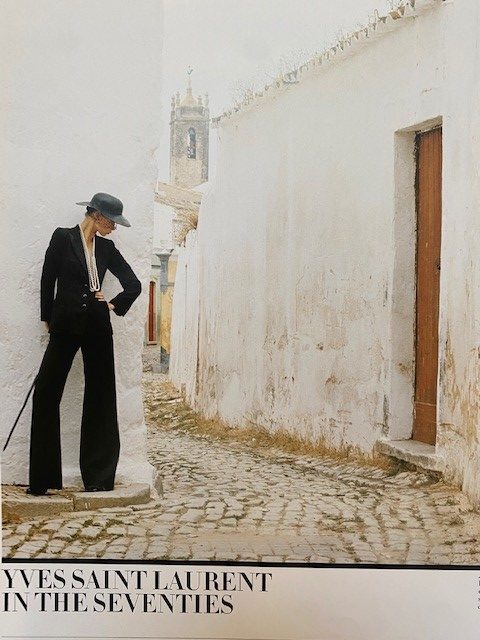
Designer of Note: Yves Saint Laurent
Throughout the late 1960s and 70s. YSL made the pant suit a staple for women. He made trousers an elegant evening choice for women. Though the 1940s screen idols had worn trousers, until this time it had still been considered unladylike for the average woman.
Image: Le Smoking. Vintage Fashion and Couture. p134.
Disco
Thoughts
Postmodernism developed out of society’s realization that though they had been fighting for rights and freedoms for decades, the world was plagued with inequity. Systems weren’t changing to improve most people’s lives quickly enough. The 70s were not a time of optimism but more a time of anger and cynicism based on the ongoing suffering of so many areas of society. Artists were rejecting expected structures just as society was rejecting traditional expectations.
The escapism of Hollywood in the 1940s seems tame in comparison to the drug fuelled escapism of the 1970s.



